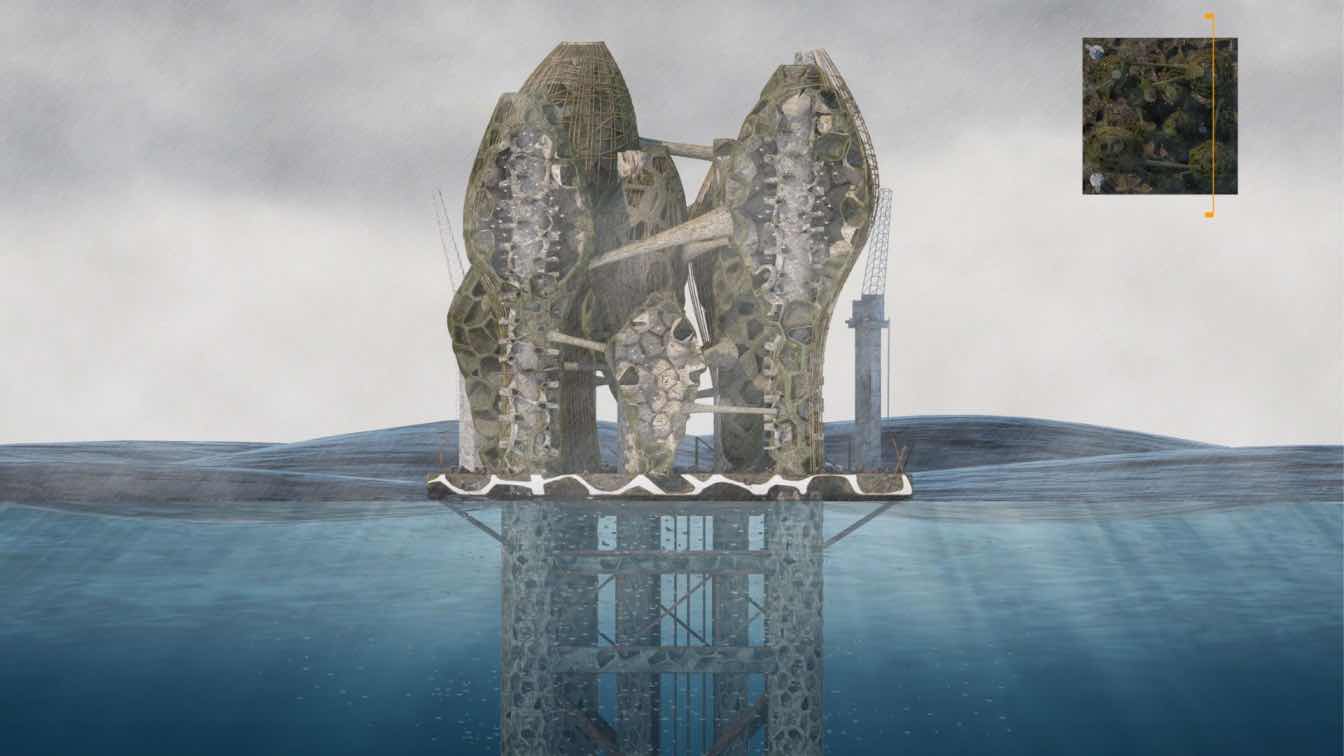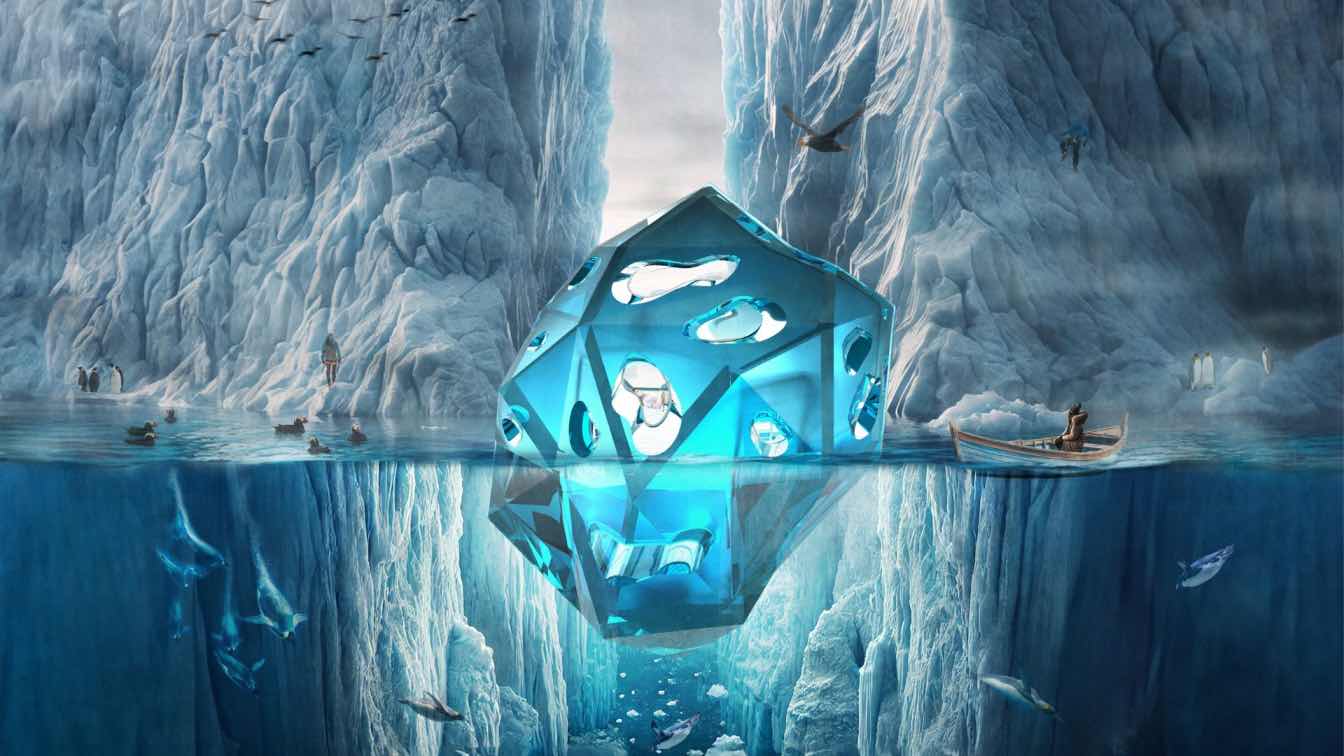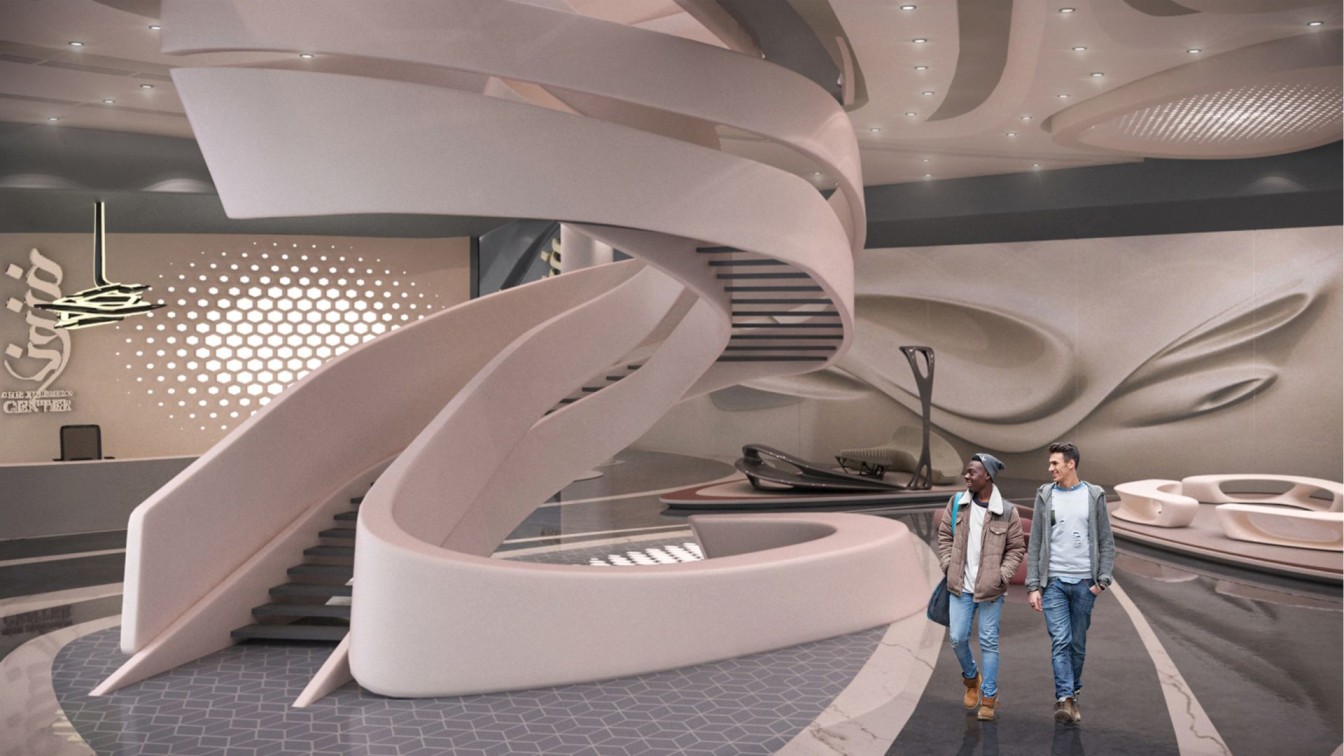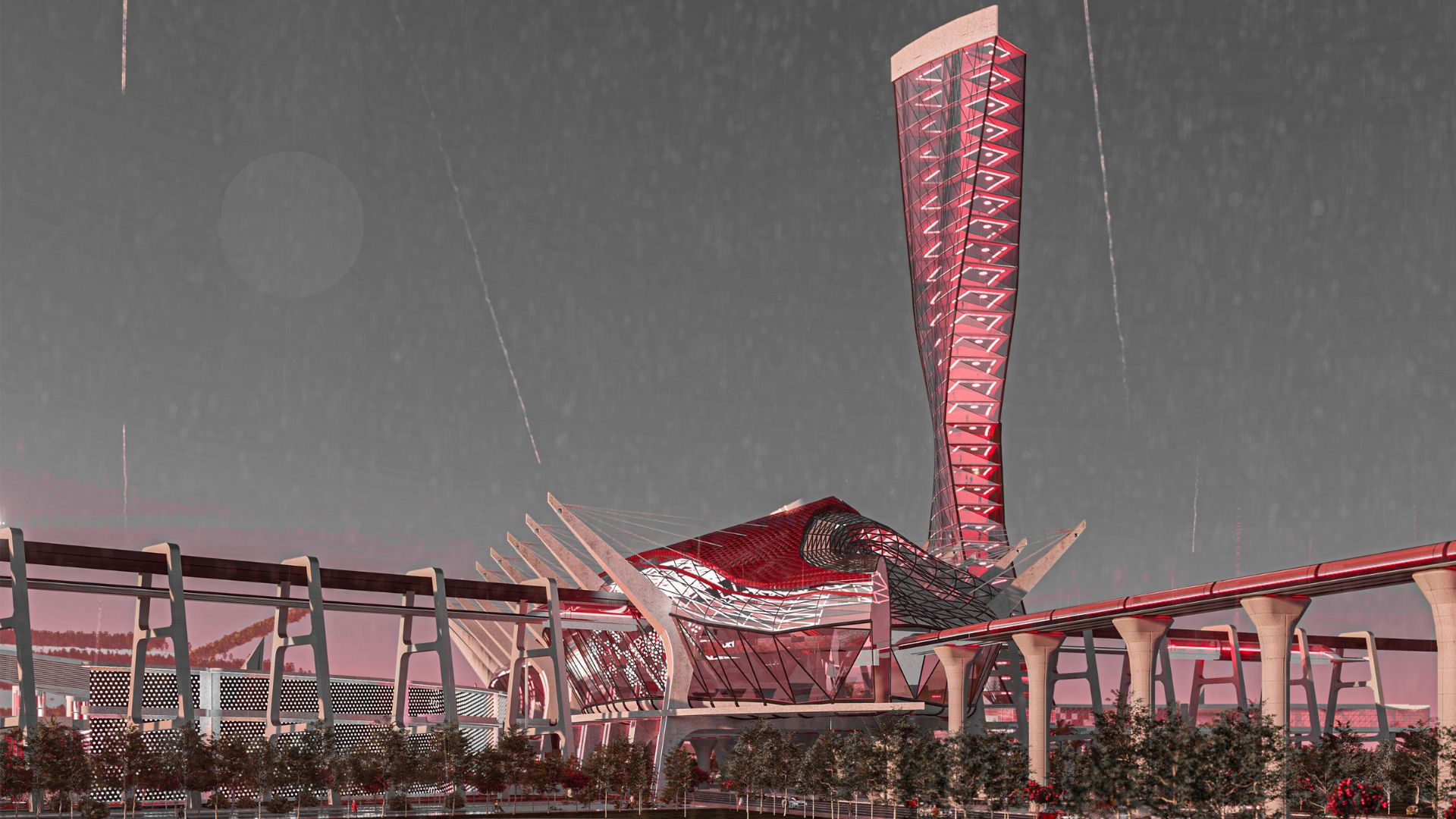Yunhao Yang: This design project questions the function of architecture in the natural environment, and positions architecture as a tool to move beyond a human dominated ecosystem. Modern society has developed at a recent rate which is higher than at any period in history, and the natural world is at the brink of collapse. I proposed architectural strategies that reimagine the structures of human exploitation and employ decay and weathering of materials to foster environmental recuperation.
I began this project fascinated with the need for standardization and perfection in advertisement of French fruit markets that encouraged the purchasing of awkwardly shaped, and universally hated fruits and vegetables. Just as products of the natural world, fruit, have to achieve a standardized version of perfection to be considered acceptable and appropriate, architectural and building materials manifest in standard shapes and forms in order to meet the requirements of the industry. Any building elements that are affected by natural weather conditions are typically considered grotesque and undesirable. However, this grotesque weathered material has been embraced in some architectural projects, from Palazzo Ducale in 1430, to the Corten steel in modern construction. According to Ian McHarg, the natural-based design methodology has the potential to create a perfect connection between human and natural.
Therefore, with my interest in the relationship between architecture and the natural condition, I designed an architectural prototype with the philosophy that architecture, that most human of endeavors, can be deployed to the benefit on the other species if guided by the rules of nature. The project aims to move architecture beyond the completely Anthropocentric view, and also to promote ecological diversity and ecosystem remediation.
The project takes the life cycle of oil rigs as a starting point. Oil Rig, a large infrastructure, have a relatively short life cycle and over 2000 structures will be decommissioned by 2040. Existing oil rigs (perhaps surprisingly) create a tremendous benefit for local habitats. They act as artificial reefs which encourage the connection between different species, the infrastructure also provides another hard structure on the soft-bottom ocean surface for the species such as mussels and corals and that contribute to deep ocean biodiversity. On the other hand, the decommissioning process creates some benefits for the related industrial business and fishing business, but it creates a series of issues such as damaging the sea bed and ecosystem.

I propose a new decommissioning process that takes advantage of the oil rig’s structure. The project site is Cromarty Firth, North Scotland in UK. Cromarty Firth is world’s largest oil storage location; the site will be an oil rigs’ graveyard as oil prices decrease and 600 structures will be decommissioned in the coming years. As a wildlife protection region, this site has great potential to be engaged with architecture than can support wintering birds such as puffins. The deep ocean layer at the site also supports reef creatures such as cold-water corals and mussels. Moreover, the site is also an important spot for the endangered bottlenose dolphin and harbor seals that are highly protected by the SAC.
The design project aims to become a living spices utopia and embrace the unpredictable impact of weathering on building materials. I analyze the decay under extreme weathering conditions and animal activities in the North Sea including: freeze-thaw, erosion, rust, seaweed and other plant growth, animal digestion and . I investigated how these local species create their own habitat in symbiosis with the environment.
The project consists of 4 stages of evolutions. First, an oil rig at the end of its production cycle decommissions the oil processing equipment, this operation may last for 3 months. Second, I propose new structure above the sea level and multiple layers underwater. The forms are designed to create habitat. The overall design strategy for these adds-on is to mimicking the shape of the natural branch, forest and rockland.
Third, the human activities will withdraw from the project and the design completely controlled by natural effects which will accumulate and morph and start to become an attractive new habitat for these species living in this region.
Finally, the whole project is intended to go far beyond the traditional architecture life cycle and take on a life of its own which includes a sustainable food chain, life cycle and full biodiversity for the local species. To be more specific, these artificial branches create a perfect shelter for the puffin bird who normally prefer to live in the tiny sheltered crevices of cliffs with relatively warm and wet weathering condition. The platform become a natural rocky outcrop for the harbor seal, the under-ocean platforms become the hard surface which promote growth of mussels and sea corals, which are the main diet for harbor seal. The under-ocean columns have become the artificial reef which is an ideal living condition for these small fishes, and they are the main food source for the North Sea puffin.
With a long period with minor or no human operation, the giant infrastructure is transformed from the ultimate infrastructure of human damage to the environment to an Un-Anthropocentric Park with diverse living species.























